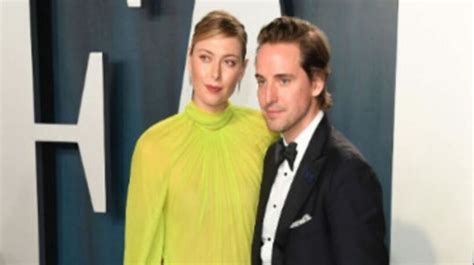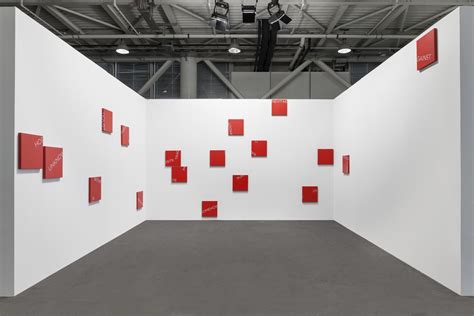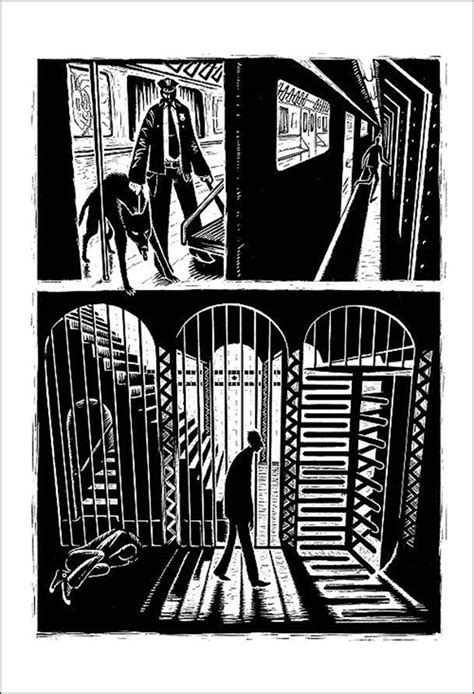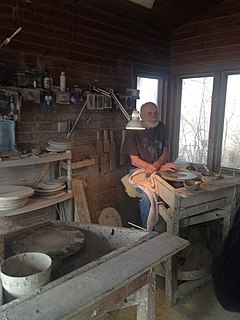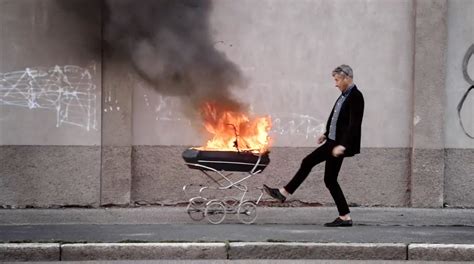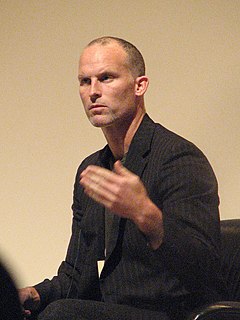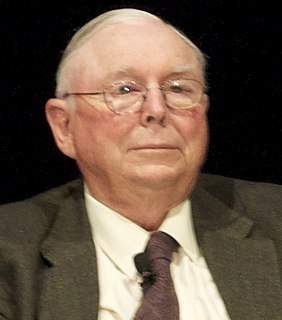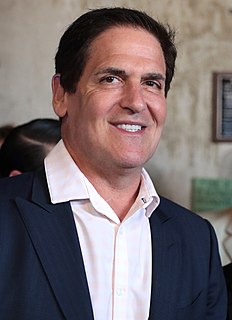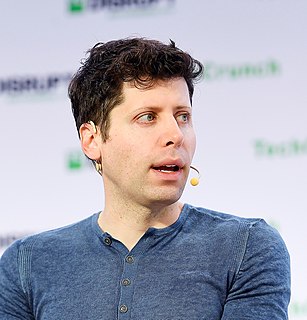A Quote by Alexander Gilkes
We want as best as possible to encourage emerging talent and galleries by their inclusion on Paddle8. Our exhibitions help bring interesting new works on the platform. We have to be agnostic in that respect and the galleries themselves have complete carte blanche as far as what they include on the site.
Related Quotes
Now there is a big turnover in the galleries. The top galleries are getting better all the time. A lot of galleries just struggle along, then a new one comes along. There are certainly a great number of galleries. I think this argues well for the art but there are, of course, a lot of "phonies" in all the arts.
Bernard [Leach] had acquired many [Shoji] Hamada works. Some of them, it was interesting - first of all, Hamada worked in St. Ives for about four years before returning to Japan to start his own pottery. He had exhibitions in London, and if these exhibitions didn't sell out, the galleries were instructed to send the remaining work down to the Leach Pottery, where they would go into the showroom for sale. If Bernard saw one that hadn't sold that he really admired, then he would take it (he would buy it), and it would go into the house.
